In the village of Mértola in Islamic times, a millennium ago, there must have been Moorish baths or hammam on the main shore. But, over decades of archaeological excavations in this Alentejo locality, such structures were never discovered.
It is a lack which will now be resolved, with the opening, scheduled for next October, of the hammam installed in the Casa Cor-de-Rosa, which was the subject of requalification works in a project under the responsibility of the Municipality of Mértola.
Rosinda Pimenta, vice president of the municipality, in an interview with Sul Informação, explained that the intervention involved not only «rehabilitating a degraded building in the historic center of Mértola», but also «bringing new features and new attractions to the historic center».
The author of the Casa Cor-de-Rosa rehabilitation project, including the installation of the hammam, a tea house and an aromatic garden, as well as interior design and the design of decorative and utilitarian pieces, is the architect José Alberto Alegria, a specialist in architecture and earth construction.
This Pink House has a curious history: it was the residence of a rich Merchant from the beginning of the XNUMXth century, ancestor of the Allen Gomes family, with the ground floor then occupied by a warehouse and barn and the upper floor destined to the room, which was accessed by a staircase.
The ground floor will now give way to the Moorish baths, or hammam, designed to accommodate a maximum of six to eight people at a time and equipped with all the traditional areas of public baths, which were places of purification, hygiene and sociability and which will now be relaunched as a space for health, well-being and culture. .
alongside the hammam, there will be a Tea House on the first floor, and the space is expected to be animated with its own cultural program, with gatherings, exhibitions, conversations and, of course, tastings of Mediterranean flavors.
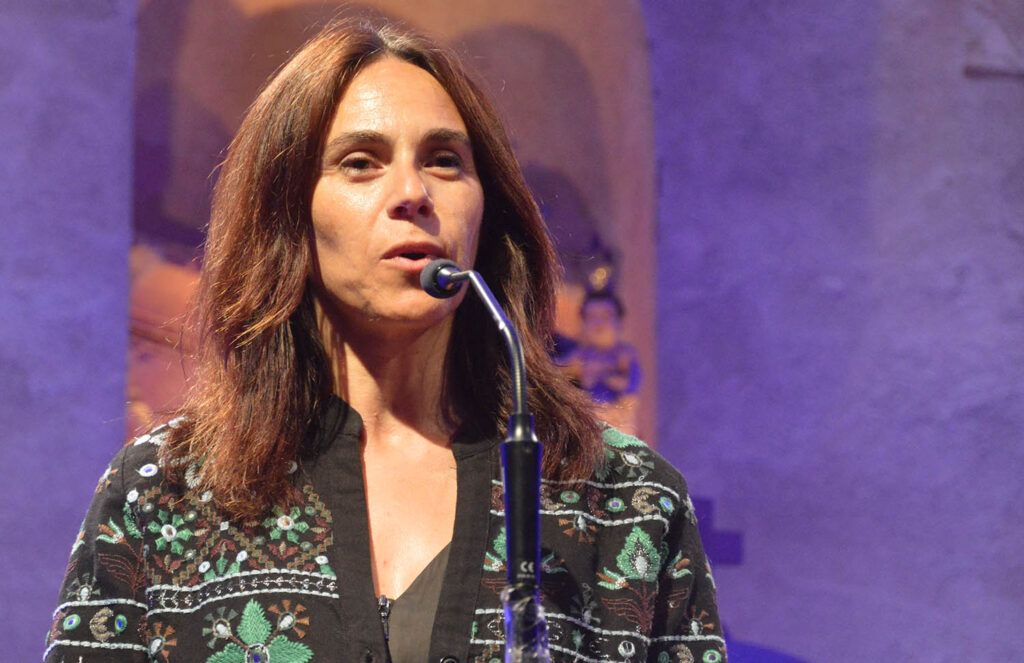
Altogether, the intervention means an investment that, according to Rosinda Pimenta, «around one million euros», of which 800 for works on the house and 200 euros for interior design, equipment, website creation, among other aspects. .
The vice-president of the Chamber of Mértola explained that this site was the subject of «two applications: one for the recovery and rehabilitation of the building itself and the other for the dynamization and training of the hammam, that is, for everything that is interior design, training of professionals who will work here, communication, website, etc».
Everything is coming together so that Hammam & Casa de Chá de Mértola can open next October. «We have already closed the team that will be working on the hammam, after a process of identifying people who had skills in the area of health, aesthetics or massages, who already had professional training in these areas, who were from the territory and were available to collaborate with the project», added Rosinda Pimenta.
Through a partnership with the Halal School of Cordoba, in Spain, «specific training» was given to the team. During the current month of August, «we have practical classes, with the hammam in full operation with the whole ritual».
The mayor also announced, in her interview with the Sul Informação, that «we are also closing the Tea House menu and stabilizing the team that will work there», as well as «defining the cultural program and preparing the website».
«There are small finishing works in the building, which are still to be carried out, very specific things, but we are more focused on the dynamics of the hammam», He concluded.
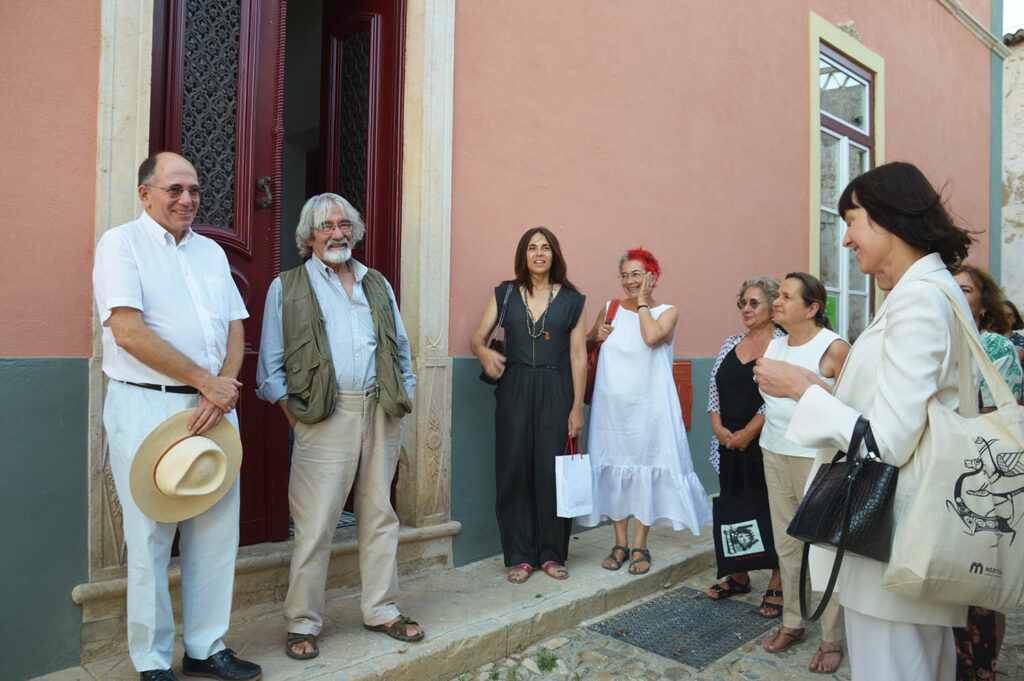
The Mértola Hammam & Tea House project was recently visited by the participants of the Terras sem Sombra Festival. It was a visit to the works and installations on a very hot afternoon, guided by the architect José Alberto Alegria, responsible for the project for the recovery and restoration of the house and adaptation to new functions, but also for the decoration of its interior.
In this special visit, in addition to the architect, anthropologist Maria Cardeira da Silva was also present, albeit in a virtual way, who explained that a «hammam it is equipment that has evolved with societies». In other words, the baths «did not remain static, they were adapted to the needs of the populations».
Starting from the idea of «water as a purifying element» and the hammam as a «space of purification», expressed in the precepts of the Koran, nowadays, underlined Maria Cardeira da Silva, «the hammams neighborhoods are very busy places, places where women meet». «Before social networks, they were one of the poles of “radio medina”», joked the anthropologist.
José Alberto Alegria, who has a deep understanding of the reality of North Africa, namely Morocco, where he has lived and still has a home today, confirmed this idea: "in hammams of women and men, there was always a lot of bad language, talk about business, sons and daughters to marry».
The architect, for his part, explained and showed the ideas that were behind the restoration of the Casa Cor-de-Rosa, emphasizing the «respect for the building», trying to discover «what its assets are, but also what its pathologies are» .
One of the architectural elements respected in this restoration was the «beautiful four-water roof, but it had to be redone», maintaining «the full use of rainwater for the monumental cistern». In fact, added José Alegria, «this entire system of water use was maintained and respected». An aspect that respects the past, but also the future, by promoting a rational use of water.
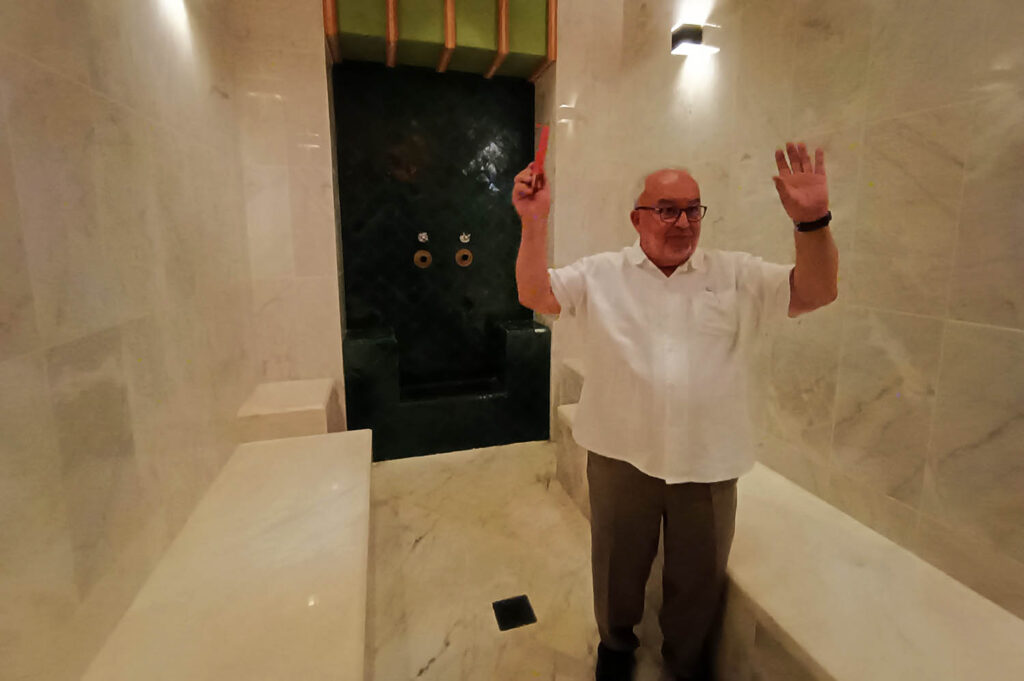
Another element that has remained is «the wood of this house», which «are all excellent». In the kitchen, on the other hand, the “chimney cloth and the fabulous cupboard” were maintained and restored. It was «everything shored up, to be rehabilitated. Even the kitchen tiles were rehabilitated».
In the garden, «we rebuilt the pavilion from scratch», using «stabilized pressed adobes, with the exception of the dome, which is baked earth», both techniques «within the principles of Mediterranean architecture».
The interior floors, respecting what the house already had, use hydraulic mosaic, traditional tile and wood. At the hammam, the roofs are in vault and dome, handmade, and the green tiles came from Fez, Morocco.
But the most interesting in the area of hammam is the covering of the walls, made in tadlakt, «a wall covering technique specific to the Arab baths, which was lost», as José Alberto Alegria explained during the visit of the Terras sem Sombra Festival group.
«In Marrakech, for 40 years, two architects researched, experimented and discovered the formula» of the tadlakt, that the Portuguese architect has already used in many of his projects in the Algarve.
Basically, he explained, «it is pure lime, mixed with natural pigments and egg white. It takes 10 days to soften, then about 3 millimeters of that paste are placed on the wall and that coating is polished with very fine pebbles, always being sprinkled with water with natural soap. By friction, what was soft becomes hard. Leave it for a month and then wax it with beeswax. It is an insulator”.
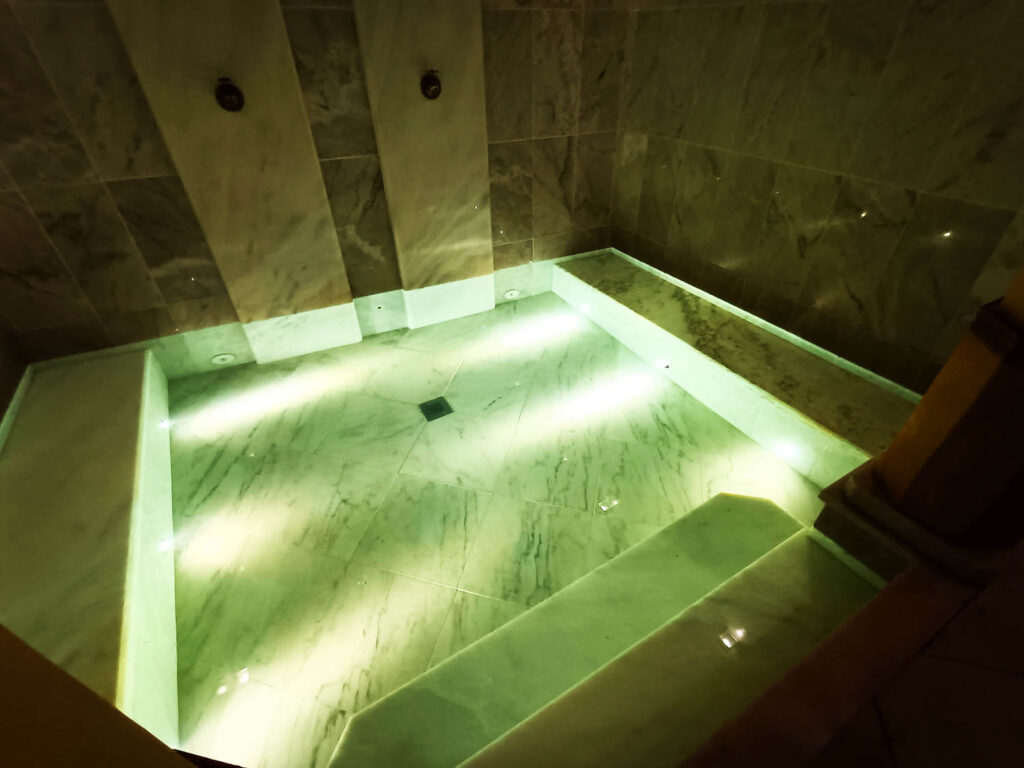
In the second application for European funds, the Chamber of Mértola also hired the interior design, so the architect Alegria also ended up “designing furniture and decorations”, for the set of Hammam & Casa de Chá. Interestingly, as he explained to visitors, "for the hammam, the furniture was made in the Algarve by a carpenter born in Mértola».
Recovering techniques that would have been used by the inhabitants of Islamic Mértola is, in essence, promoting a return to origins. But José Alberto Alegria also stresses the importance of «creating a school». «These days, it is always very difficult to find someone who knows how to make these domes», he explained, pointing to the different types of domes used to crown the rooms of the hammam. And it was the architect himself who taught the technique to the men who worked here.
After four years of interventions at Casa Cor-de-Rosa, everyone is now waiting for the Hammam & Casa de Chá to open, to be another attraction for the growing number of tourists looking for Mértola to discover its rich historical heritage. , its gastronomy, and also its environmental wealth, largely due to the strong presence of the Guadiana River.
The Hammam & Casa de Chá de Mértola project is funded by Alentejo 2020, in its rehabilitation component, and by Turismo de Portugal, in its animation component.
Photos: Elisabete Rodrigues | Sul Informação and José Alberto Alegria | Darquiterra
During the restoration works, the basement of the house, almost four meters deep, revealed a real treasure: four enormous Roman statues, headless, were discovered, which would have been thrown into a dump and used as rubble. The statues were removed from the site, after all the elements had been collected by the Mértola Archaeological Field team, and will now be placed in a museum in another building that the Chamber acquired, also in the historic center of the town.
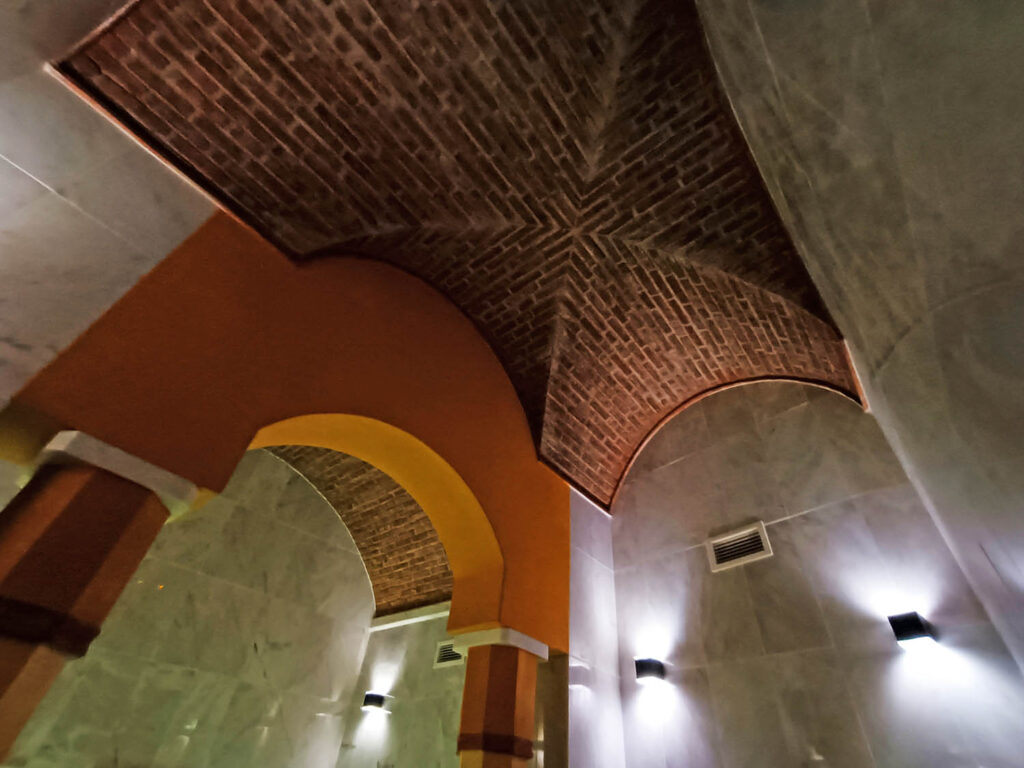
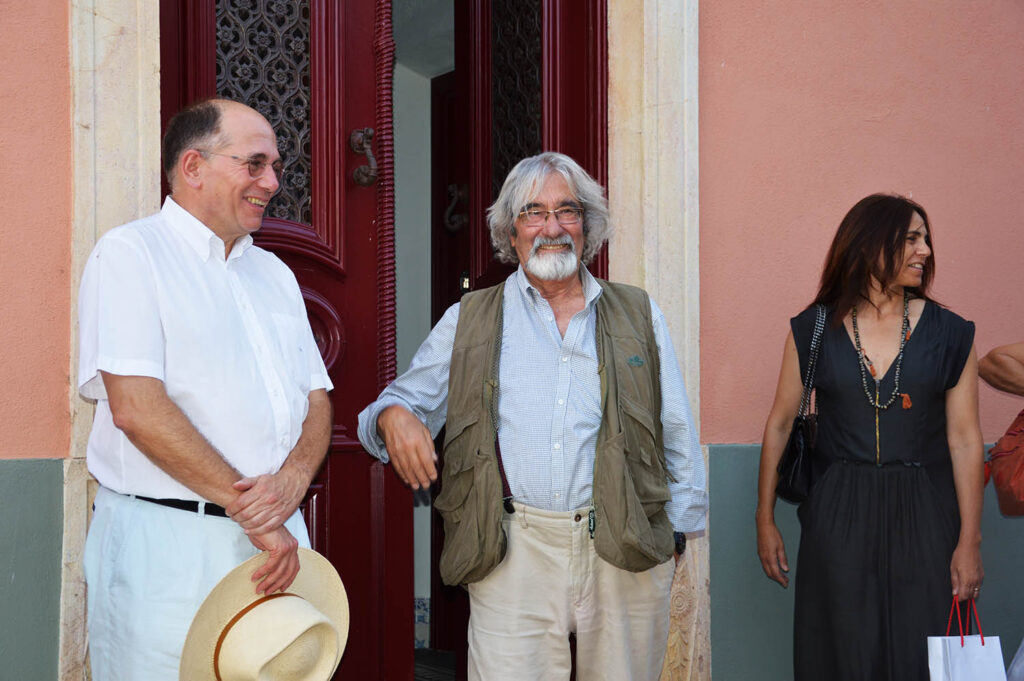
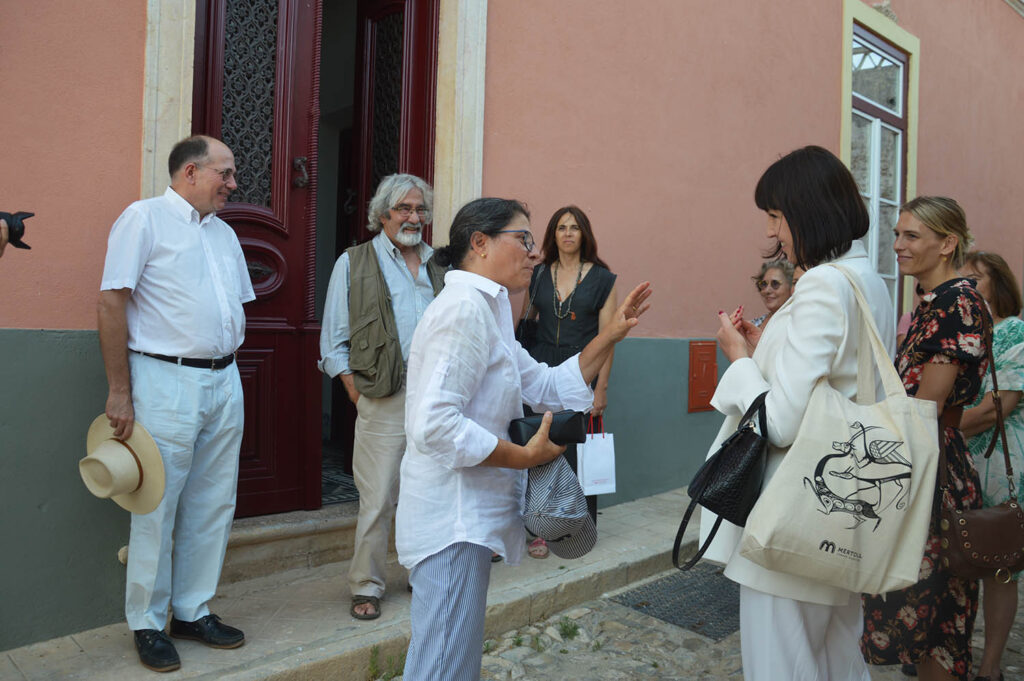
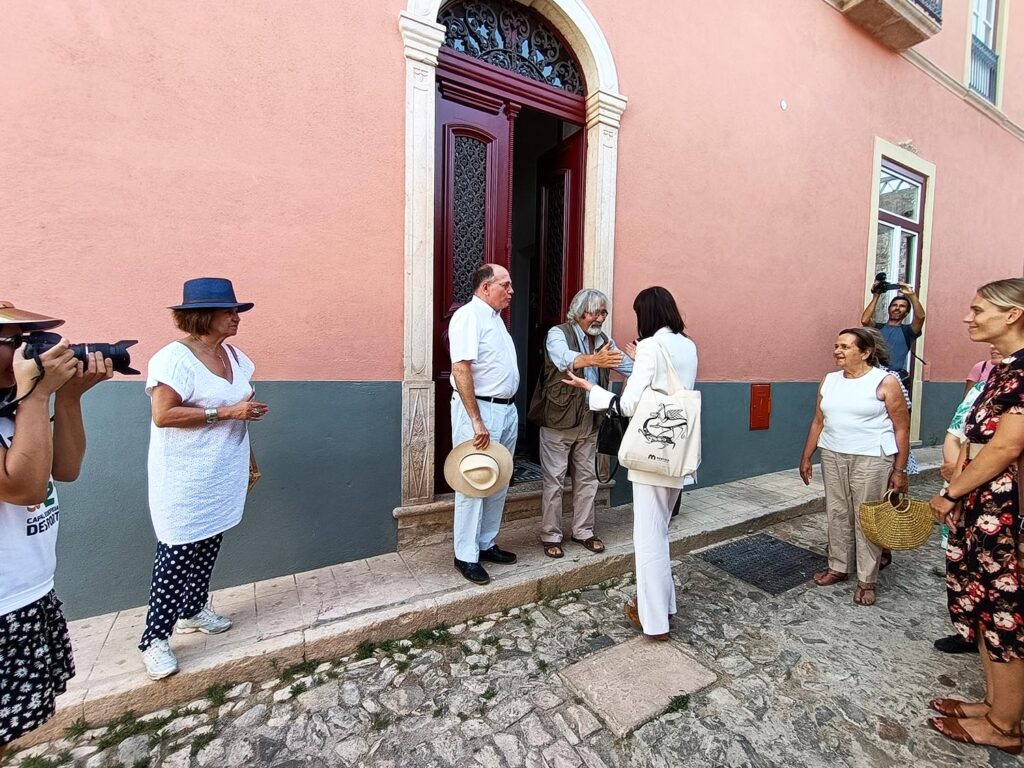
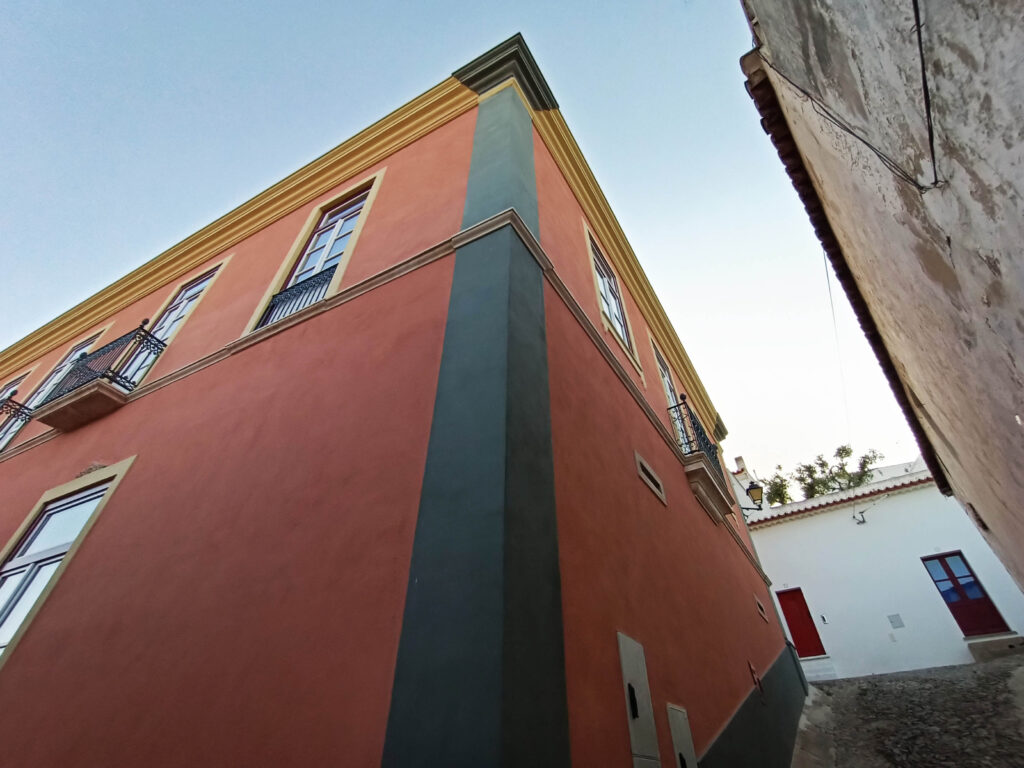
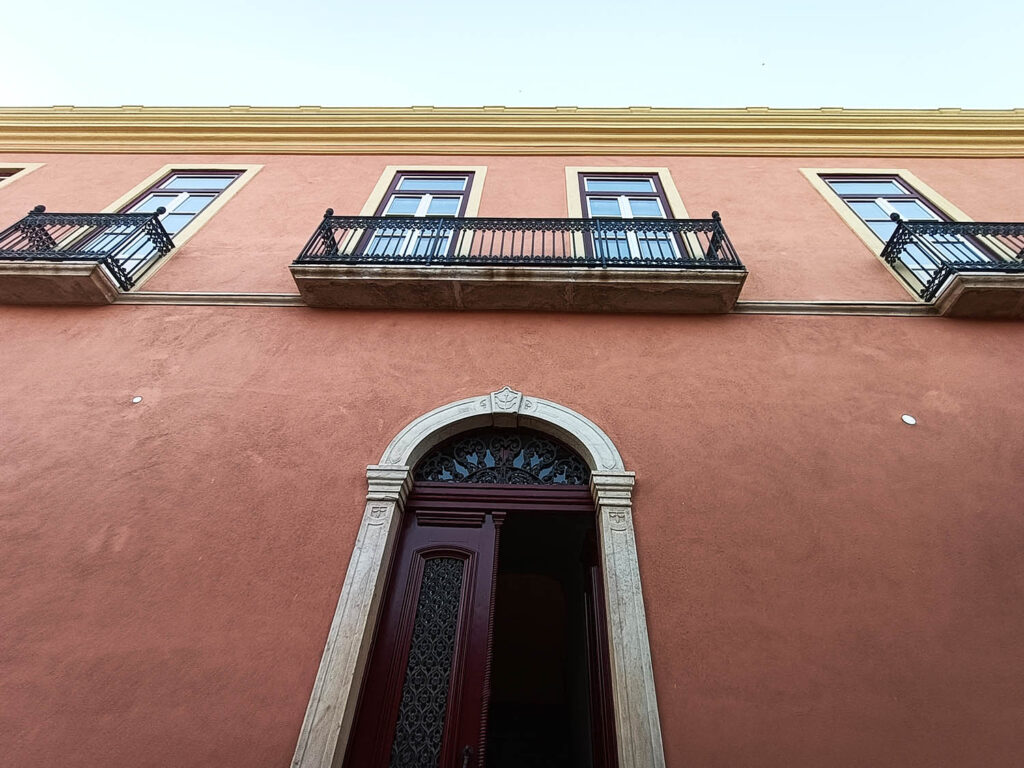
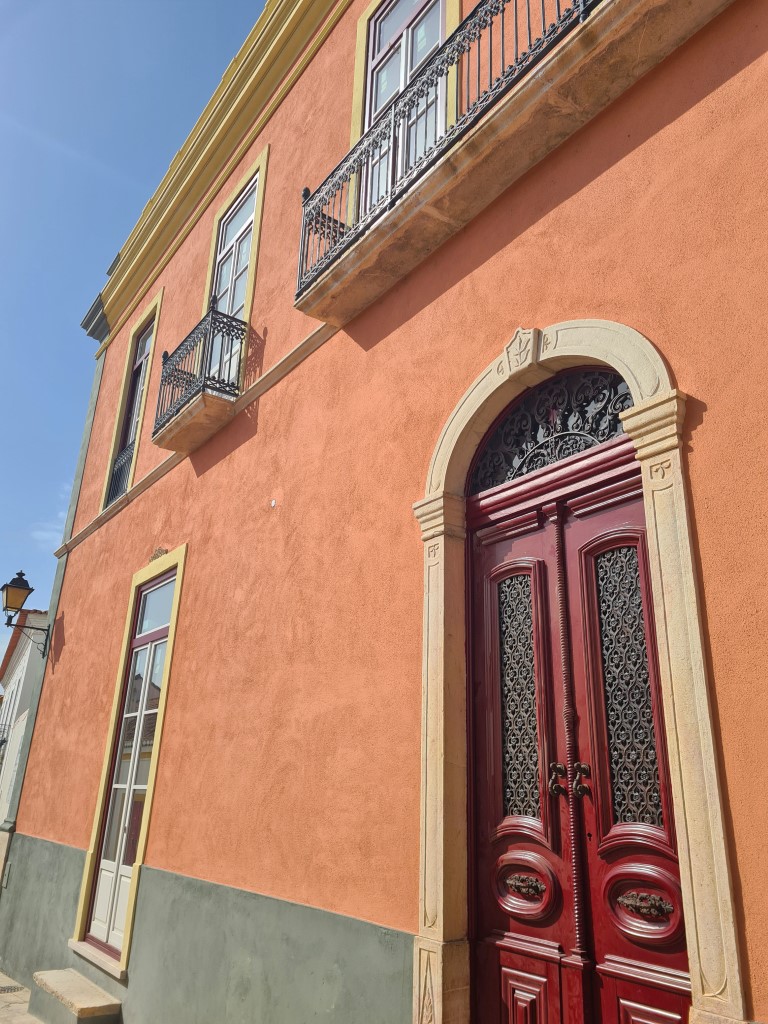
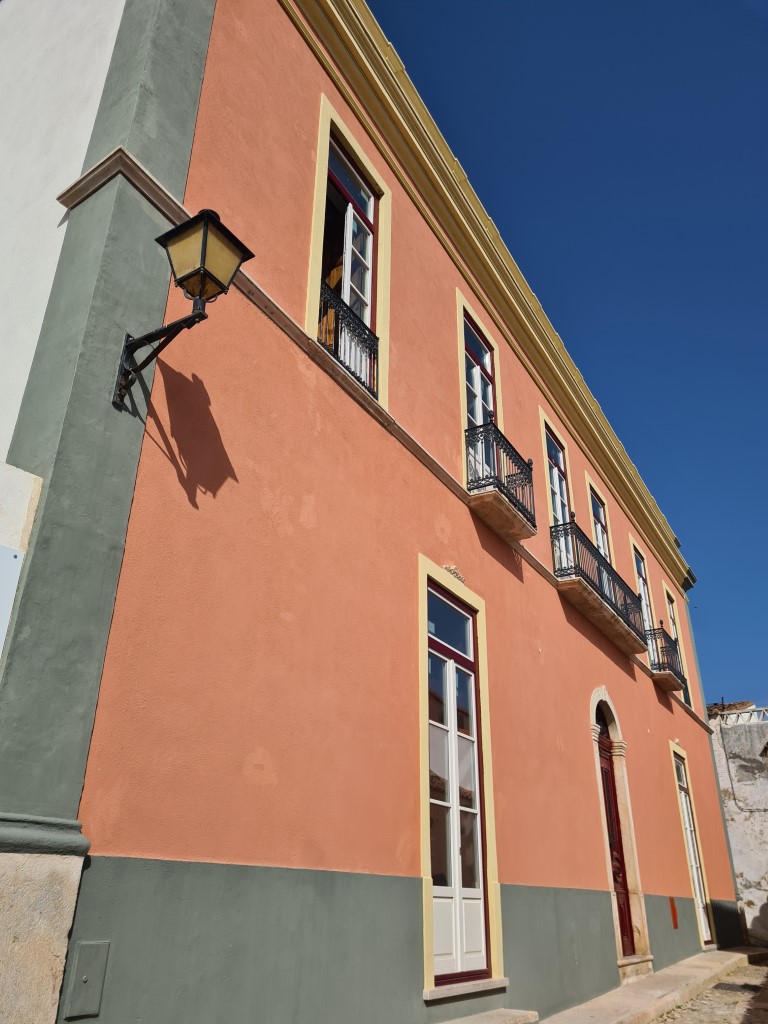
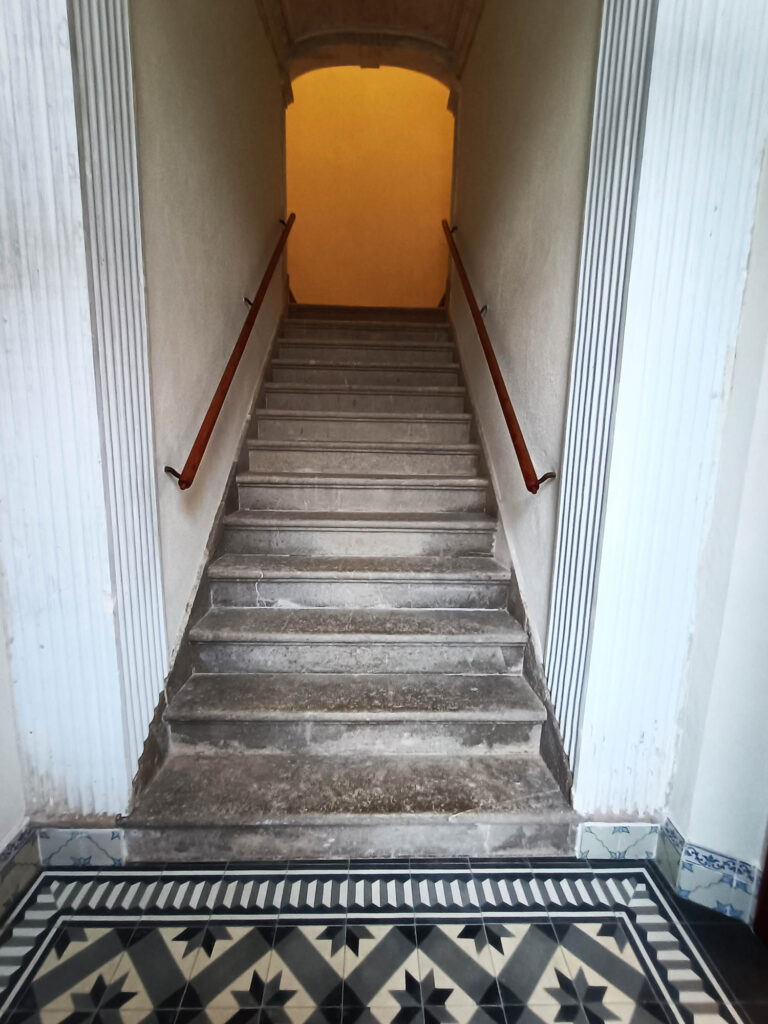
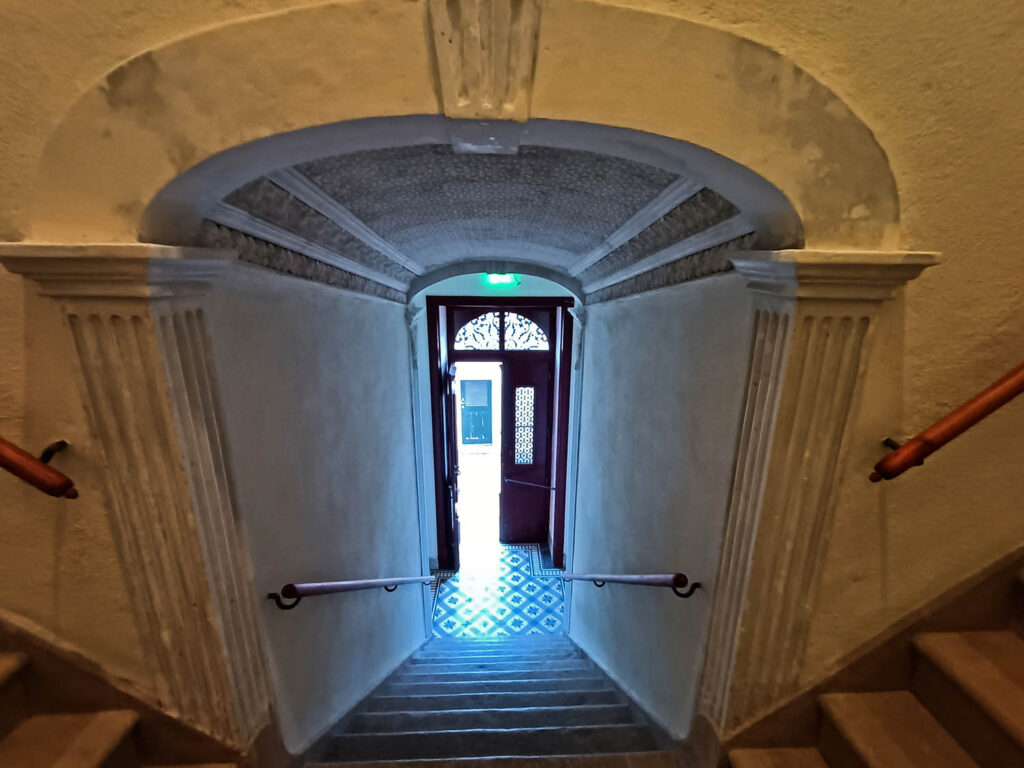
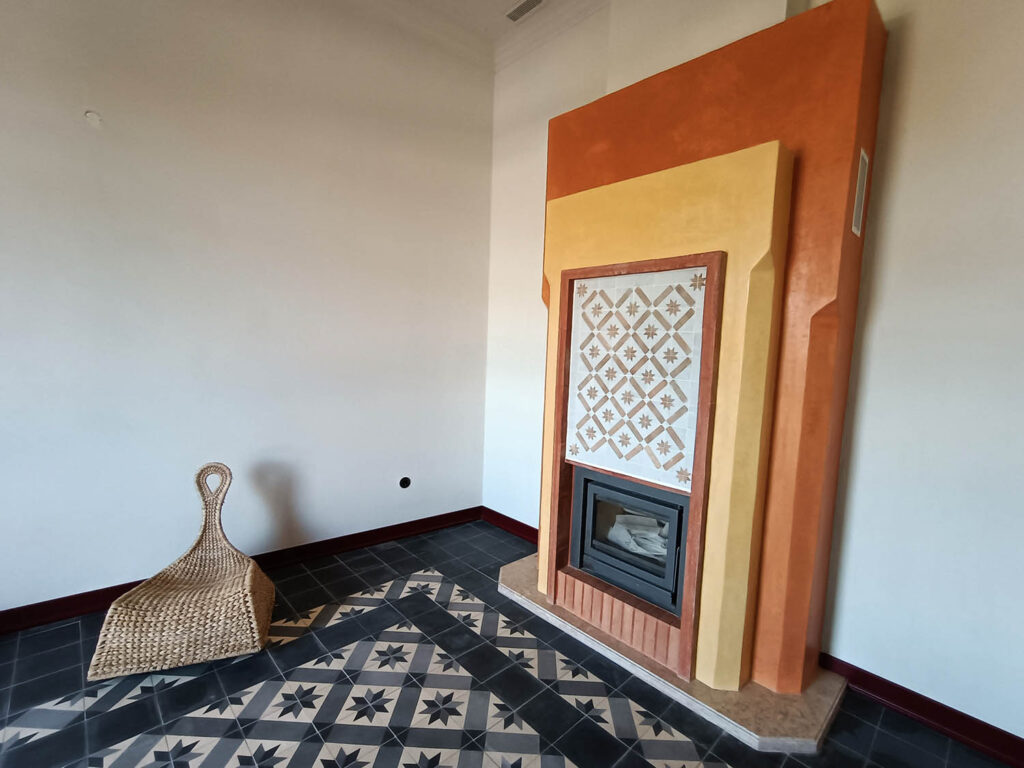
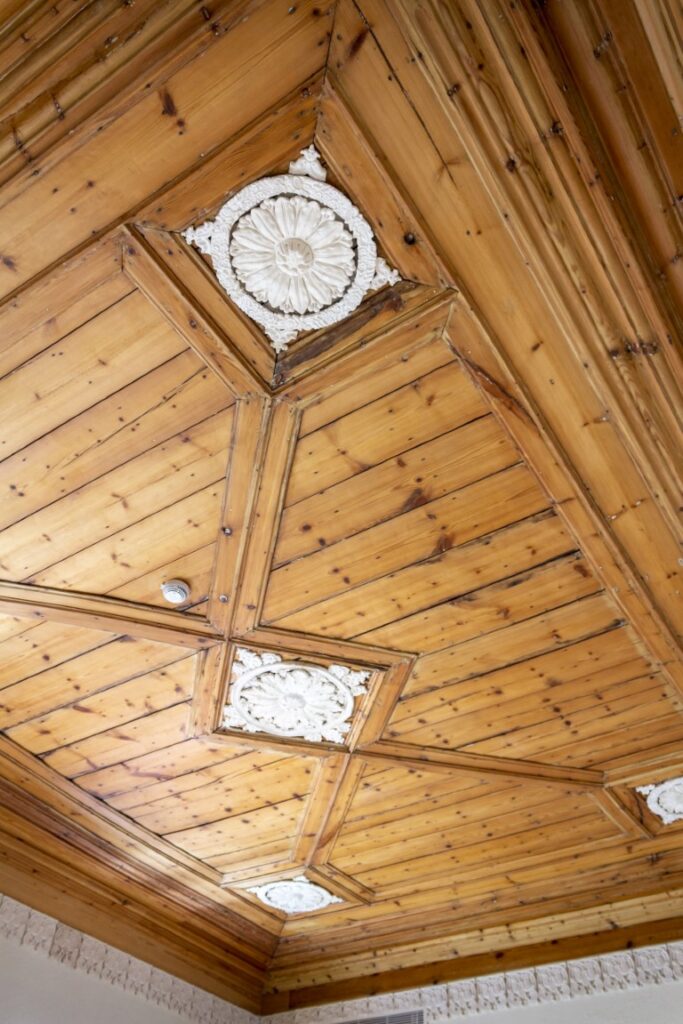
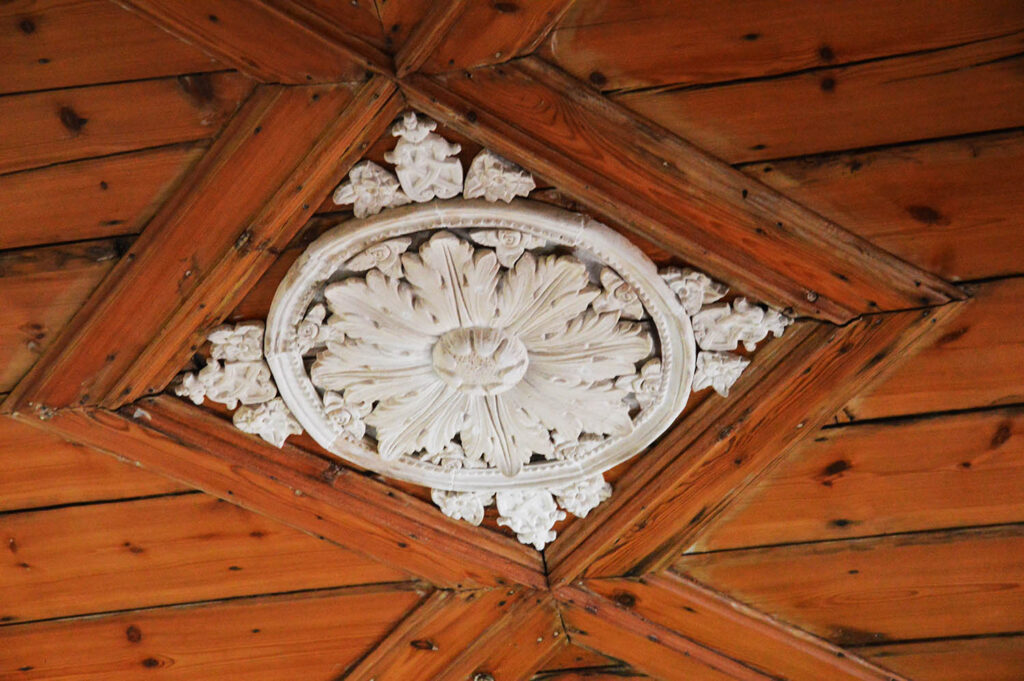
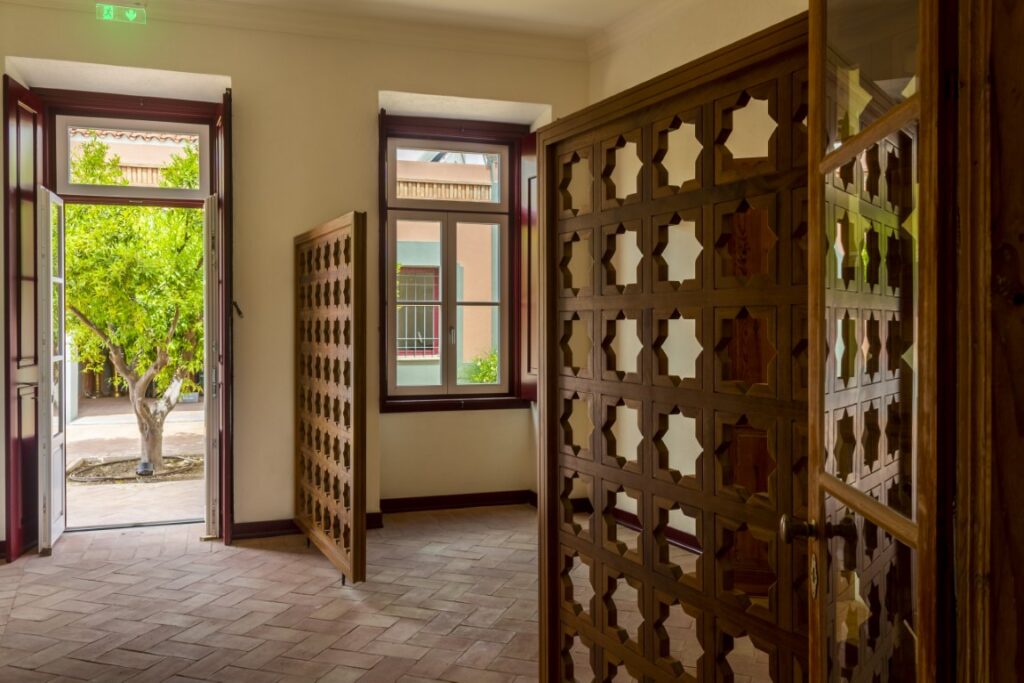
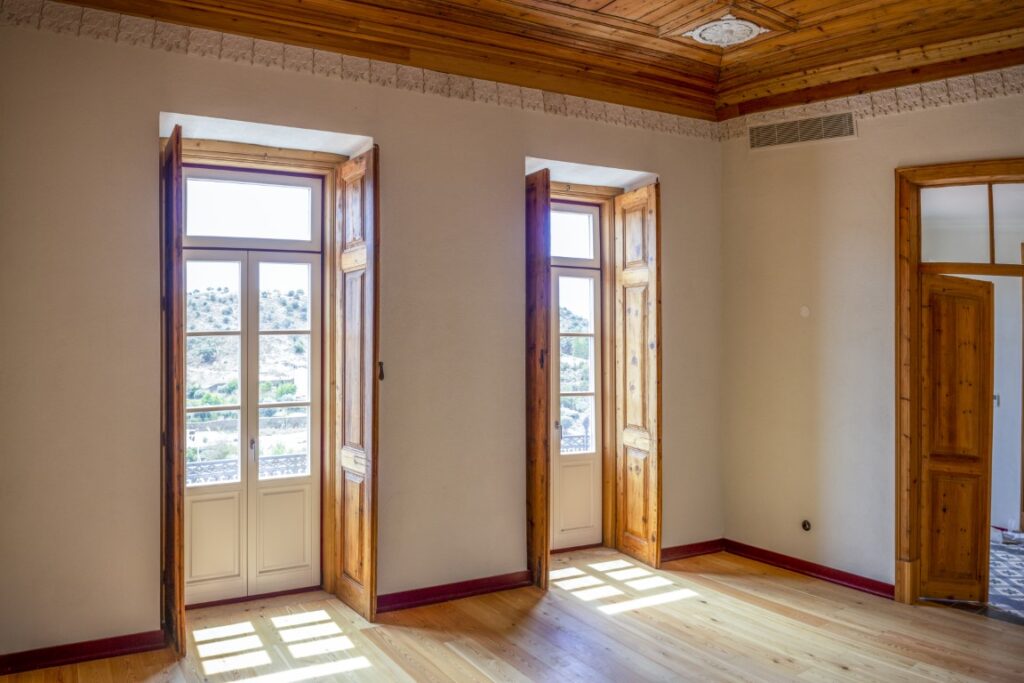
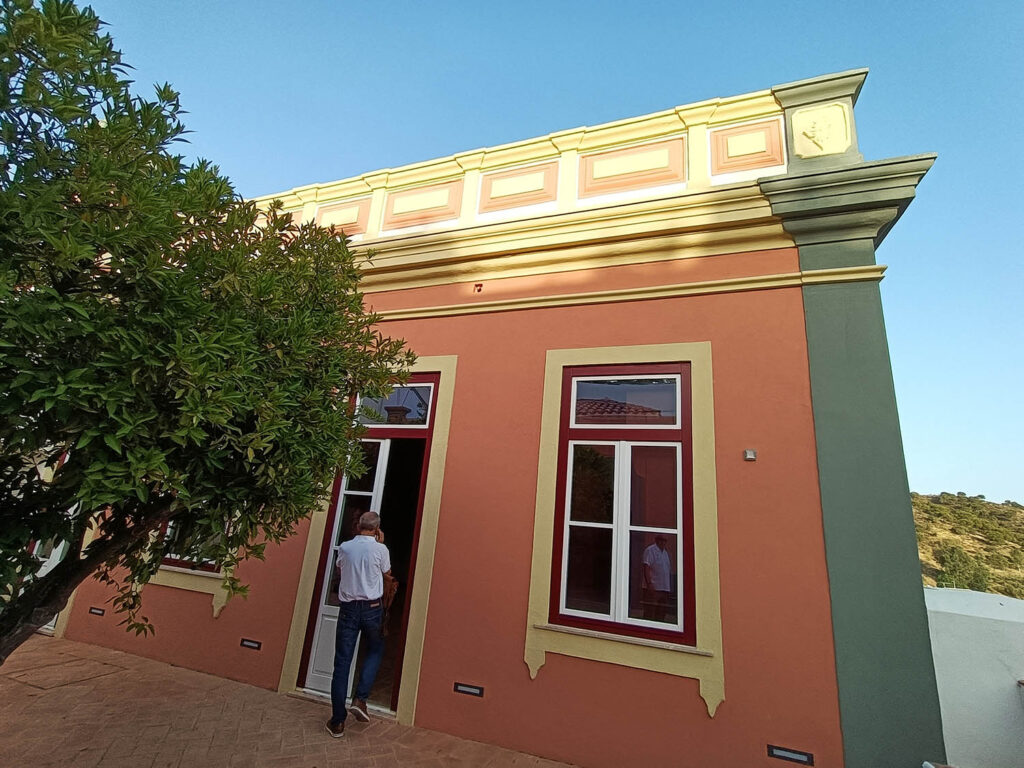
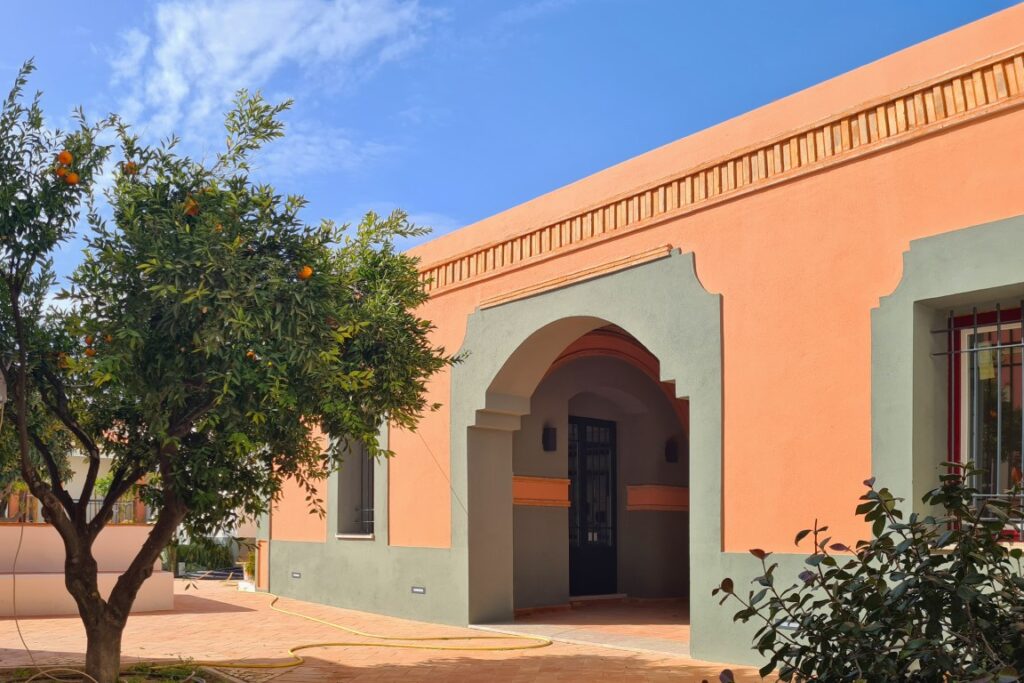
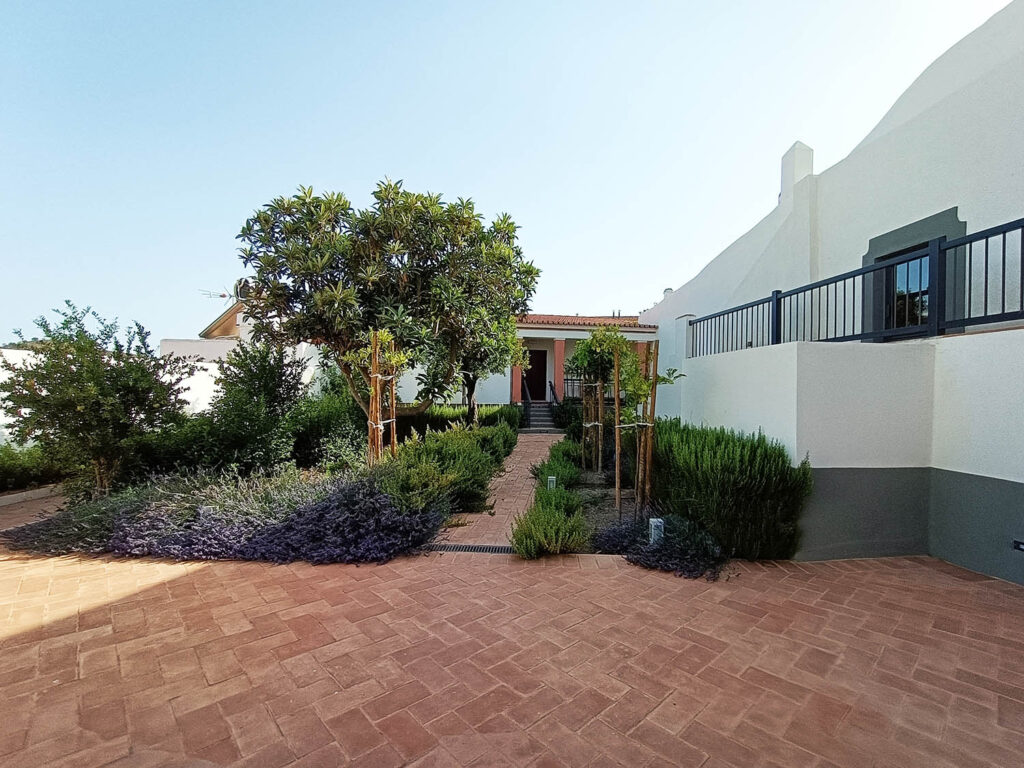
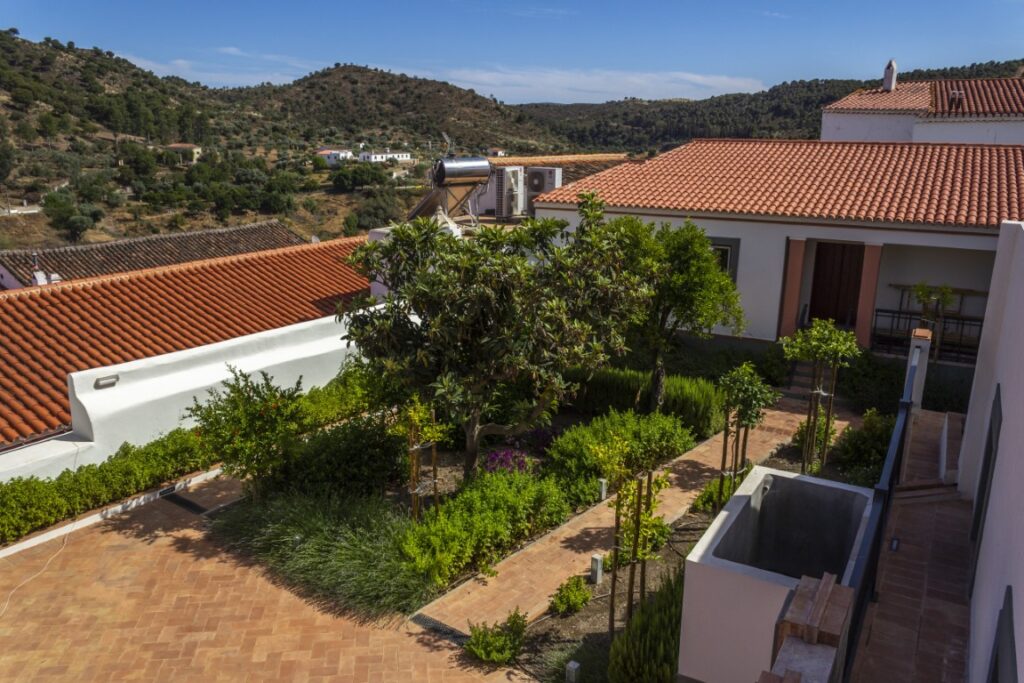
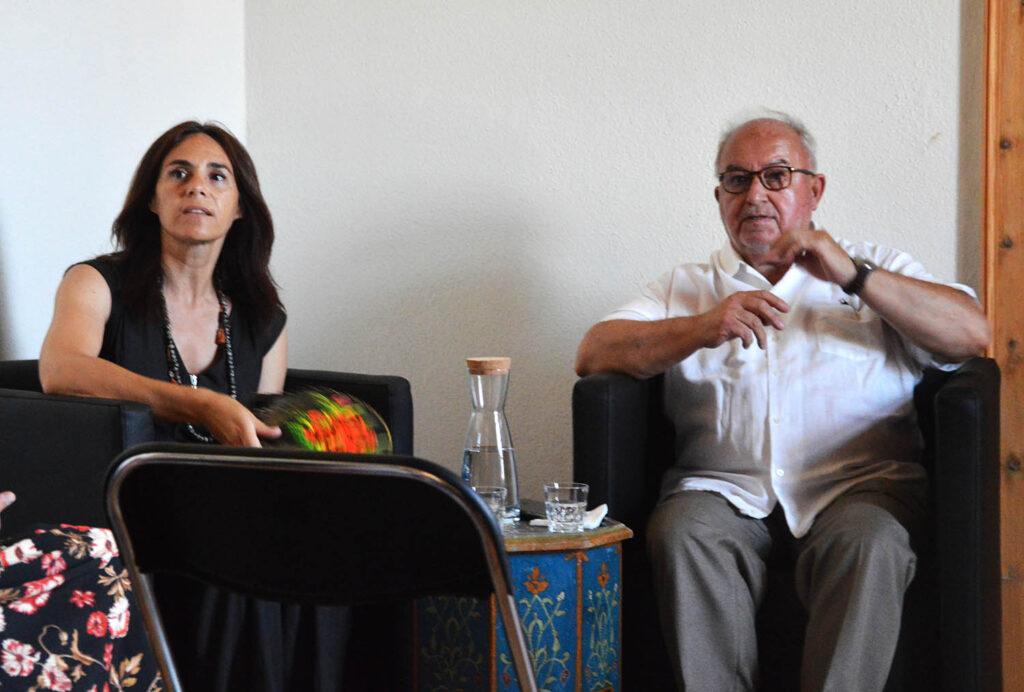
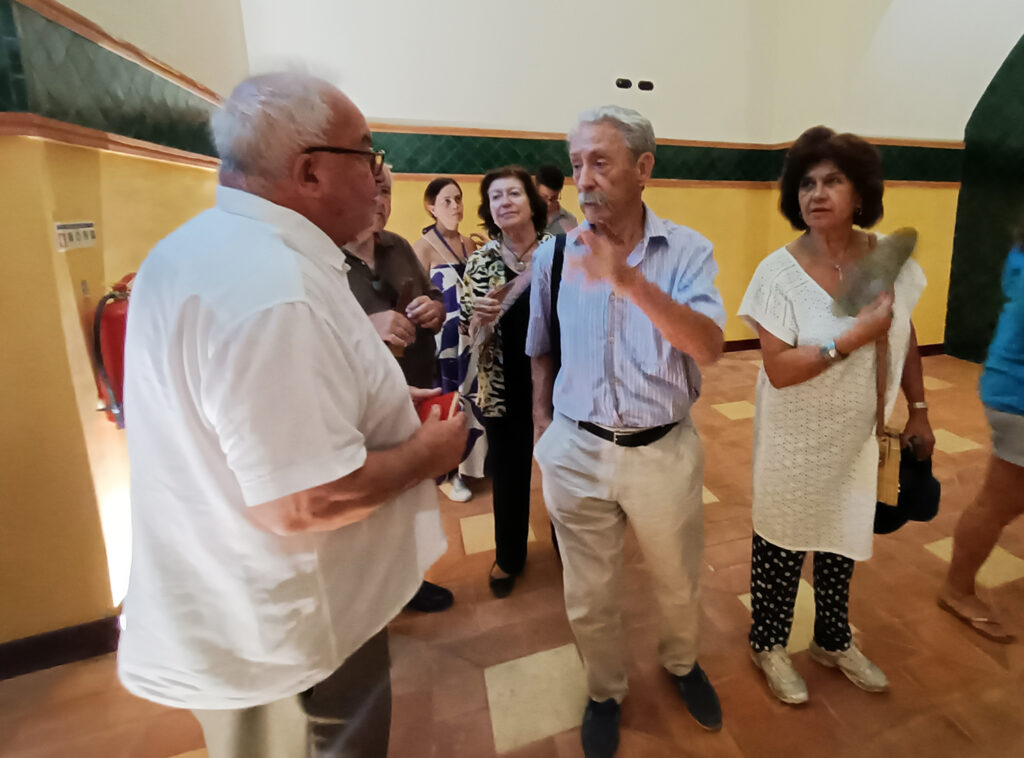
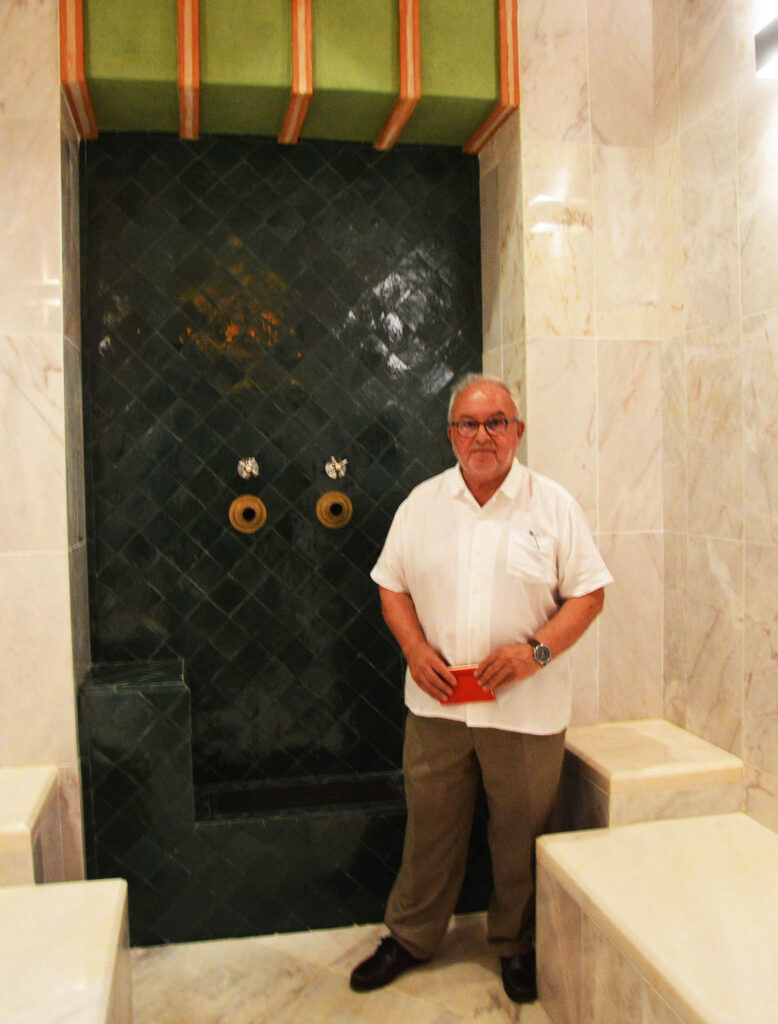
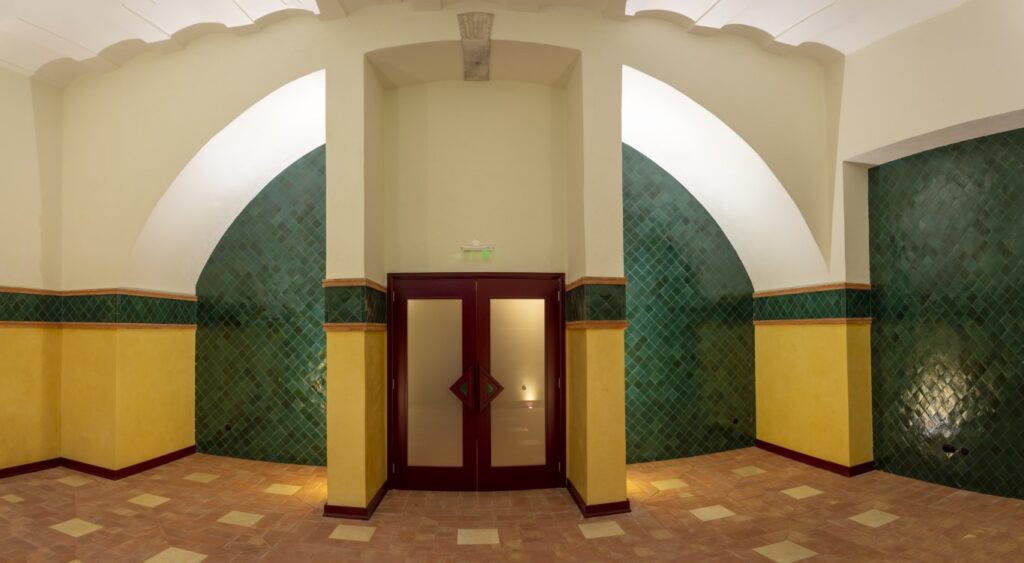
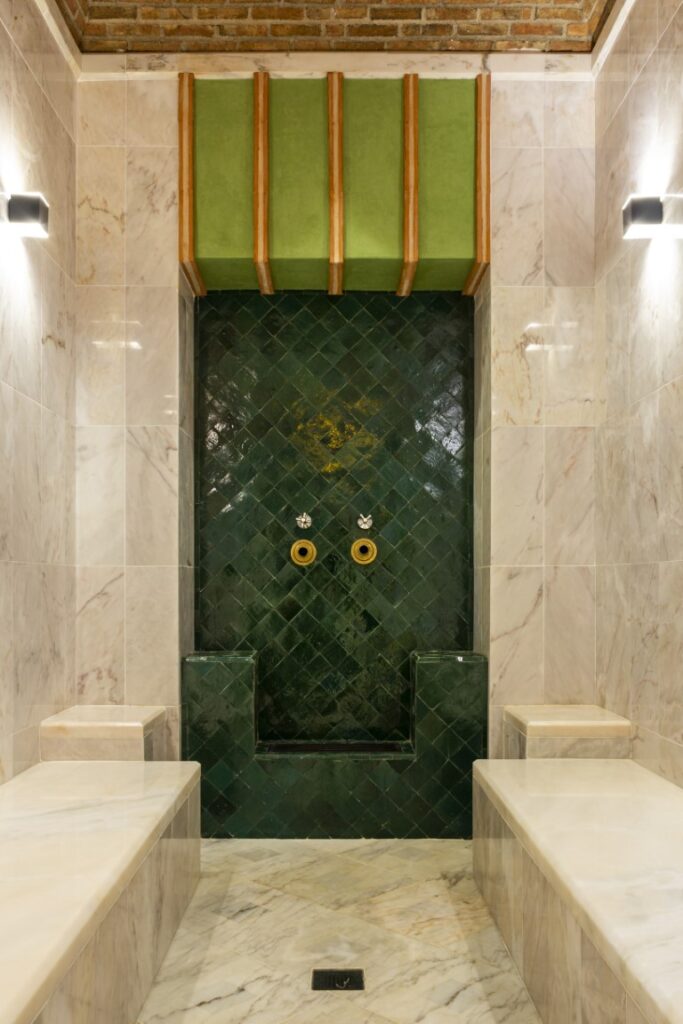
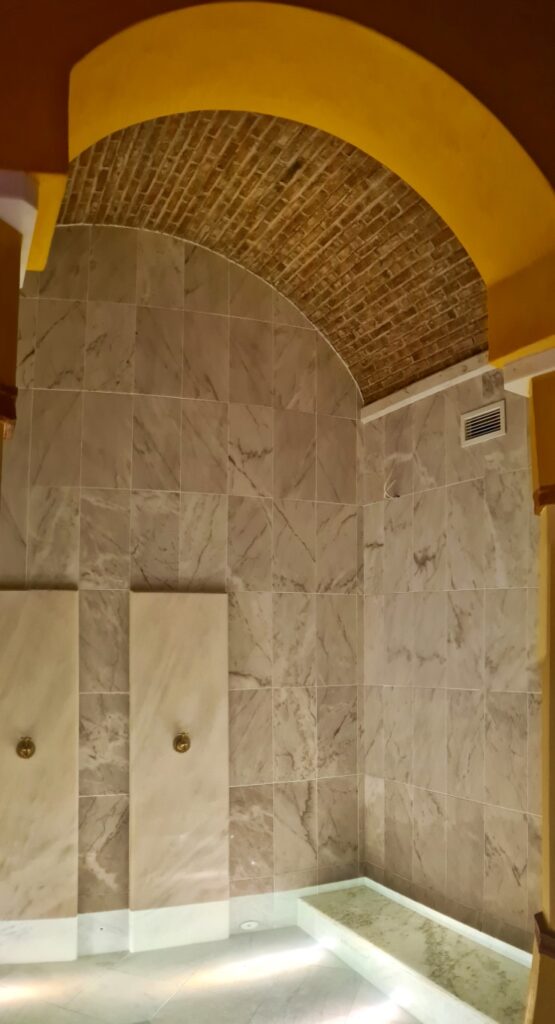
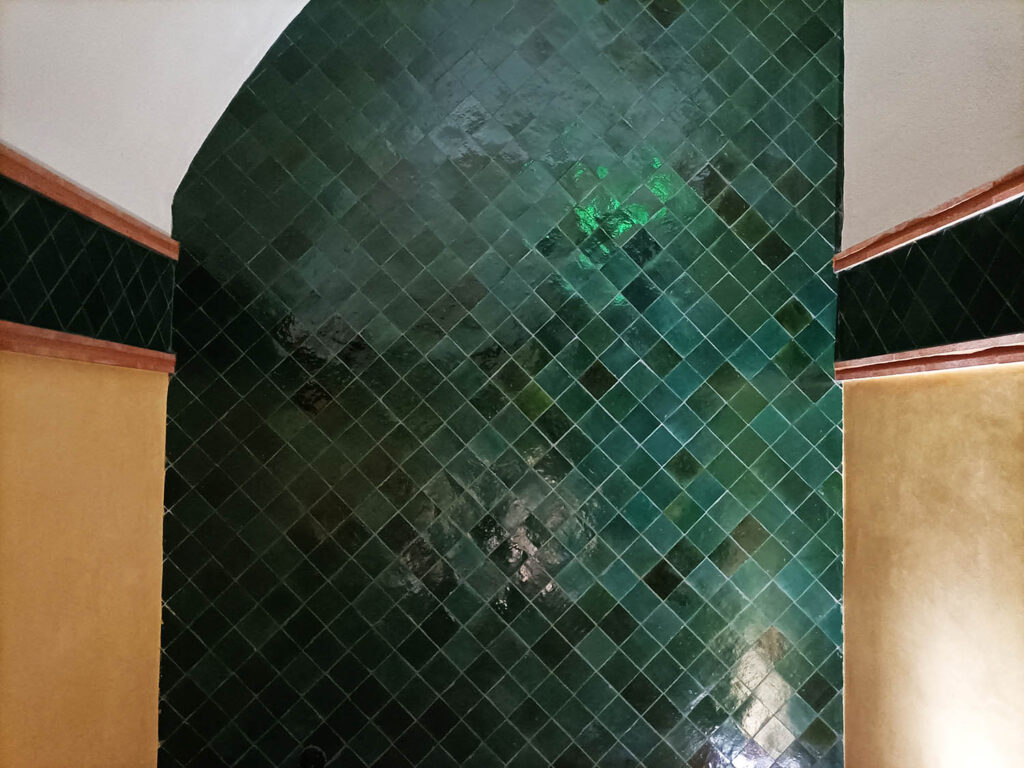
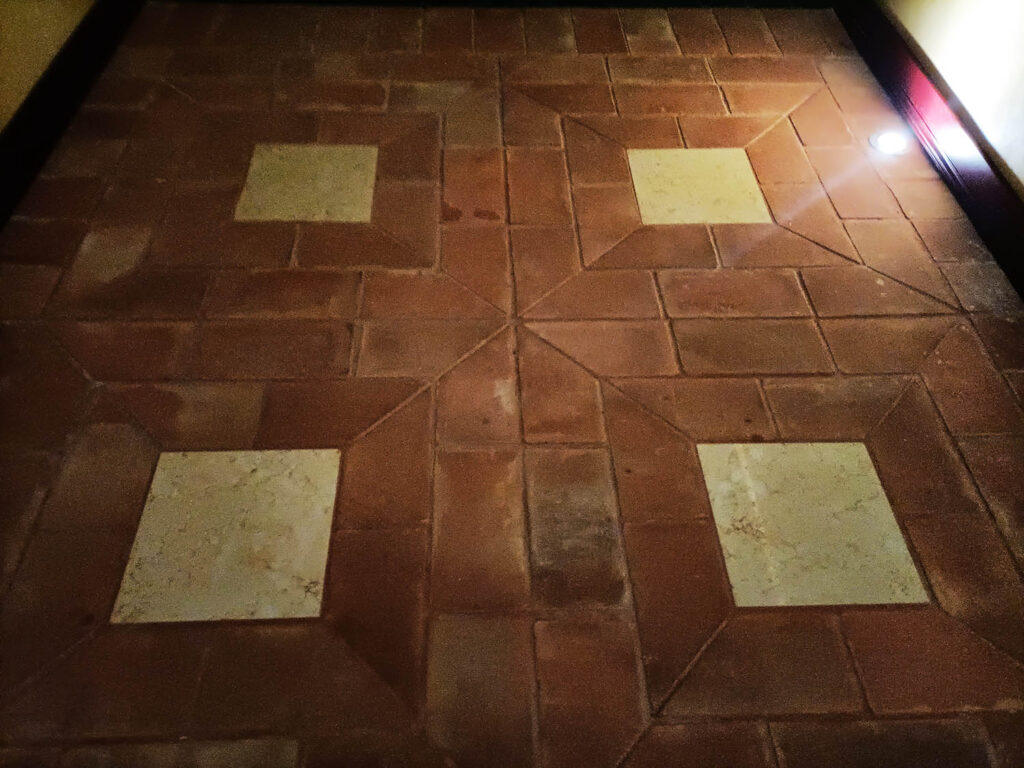
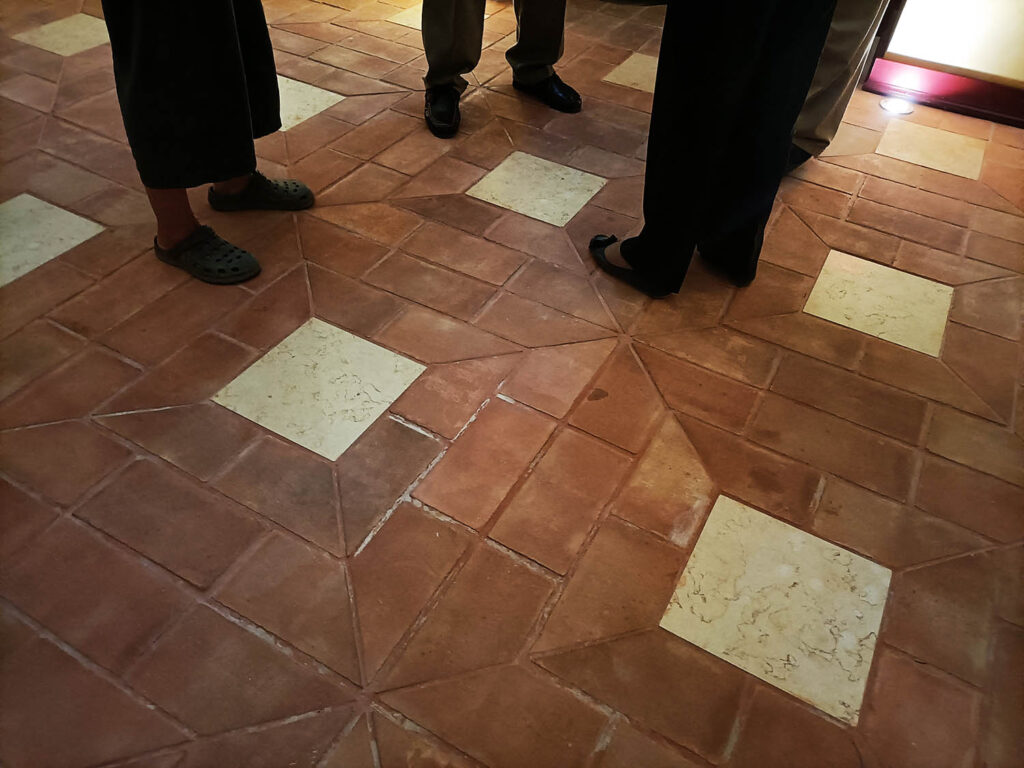



















Comments